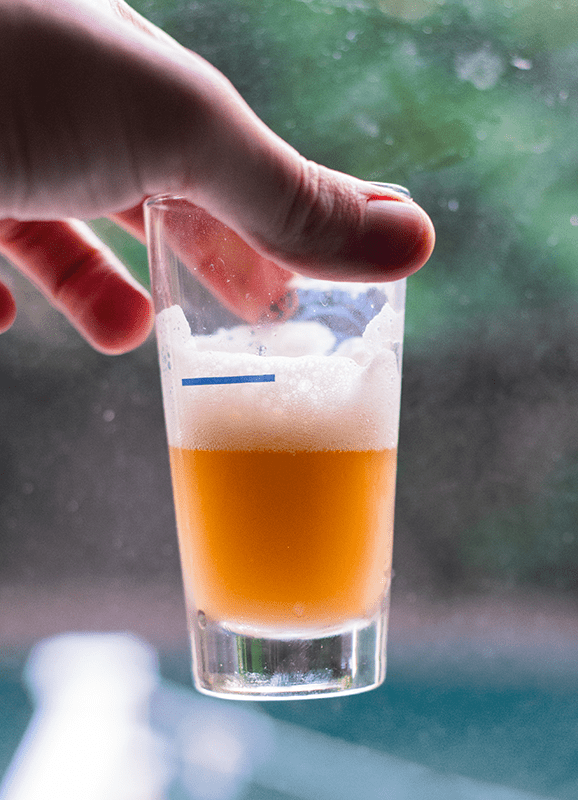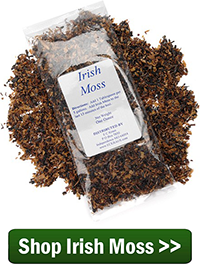 I am about to try brewing my first batch of homebrew. My question is should I be filtering the beer before bottling? I have made wine and Mead before and have not filtered it. I always get a little sediment that collects in the bottom of the bottle. I would REALLY like to be able to bottle the beer without worrying about sediment forming. Any suggestions?
I am about to try brewing my first batch of homebrew. My question is should I be filtering the beer before bottling? I have made wine and Mead before and have not filtered it. I always get a little sediment that collects in the bottom of the bottle. I would REALLY like to be able to bottle the beer without worrying about sediment forming. Any suggestions?
Name: Randy
State: PA
—–
Hi Randy,
Thanks for your question!
Most homebrewers do not filter their homebrew at all for three main reasons:
- Because there are a number of ways to get clear beer without a filter,
- Bottle conditioning requires that there be beer yeast in the beer, and
- Filtration requires additional equipment.
To expand on the second point, most beginning homebrewers bottle their beer. They add a small amount of sugar beforehand so yeast can consume it and naturally carbonate the beer in the bottle. Filtering the beer before bottling would make it impossible to do so.
But just because there’s beer yeast in the beer doesn’t mean we have to have a cloudy beer or a bunch of gunk at the bottom of the beer bottle. Here are a few of the things that can be done to minimize sediment in beer:
- Use kettle fining agents – One of the things that can be done to reduce sediment and improve clarity in beer is to use Irish moss. It’s typically added during the last 10-15 minutes of the boil to help proteins clump together and settle into a pile. This makes it easier to leave all that stuff behind when racking into the fermenter.
- Do a secondary fermentation – As beer ferments, yeast will naturally settle to the bottom of the fermenter. By moving the beer into a secondary fermenter, the brewer can take the beer off the yeast cake and leave behind a lot of that yeast sediment. The longer the secondary fermentation, the more yeast will settle out of suspension.

- Use finings in the fermenter – Adding gelatin, isinglass, or another fining agent to the secondary fermenter can accelerate the settling process. The gelatin and isinglass act by forming charged particles which attach themselves to yeast and protein in the beer.
Doing all of the above will ensure minimal sediment in the bottle. It is also important to note that it will usually cause the beer to take longer to bottle condition or carbonate. Instead of 1 week, it might take 2 or 3 to fully bottle condition. Regardless, I would recommend trying these methods before going the filtration route. Here are some more tips for making a clearer beer.
If after brewing a couple batches and deciding that you do want to filter your homebrew, you will need two things: a filter system and a kegging/carbonation system. At the completion of fermentation, you will rack the beer then filter it into a beer keg. You will then force carbonate the keg by storing it under CO2 pressure. Again, I recommend getting the brewing process down before filtering your beer.
 Finally, it should also be noted that in some styles of beer, especially the hefeweizen and cask ales, the beer should not be filtered at all to conform to style.
Finally, it should also be noted that in some styles of beer, especially the hefeweizen and cask ales, the beer should not be filtered at all to conform to style.
That’s basically it. Filtering a beer before bottling is a no-no. Filtering a beer before kegging is fine but not completely necessary. If you are bottling beer and concerned about have a cloudy beer, try beer finings, first.
If you have any further questions, please do not hesitate to leave a comment below!
Til next time…cheers!
—–
David Ackley is a beer writer, brewer, and self-described “craft beer crusader.” He is a graduate of the Oskar Blues Brew School in Brevard, NC, and founder of the Local Beer Blog.

Or stay natural—let the junk settle in the bottom of the bottle—uncap it and carefully pour into a glass and enjoy.
Also—you may (in time) wish to recapture the yeast for another batch—-works very well
Can someone please give more details on the gelatin addition…. When to add? How much? What temp?
Jason, below we have posted a link to a blog article on using gelatin finings to clear your beer that will answer your questions.
Using Gelatin To Clear Beer
http://www.eckraus.com/blog/using-gelatin-to-clear-beer
Just as a test, I did pour my beer through a charcoal filter before adding the sugar. Then because I knew there was a possibility that some of the necessary yeast might gotten filtered out I added one package of yeast with my sugar then proceeded to bottling. First off I didn’t see any difference in the cloudiness of the beer. I have taste tested the beer after 5 days just to check the carbonation level. Although the beer tasted fine I think the filtering and adding more yeast with the sugar was just a waste of time and charcoal. It’s still too early to know if I have screwed up the carbonation process but I won’t do it again. Cloudy carbonated brew is better than nearly flat brew